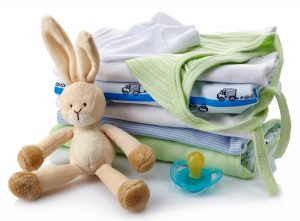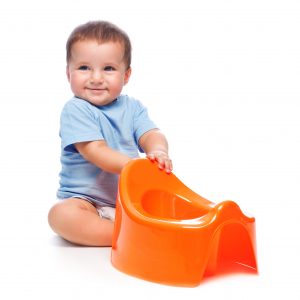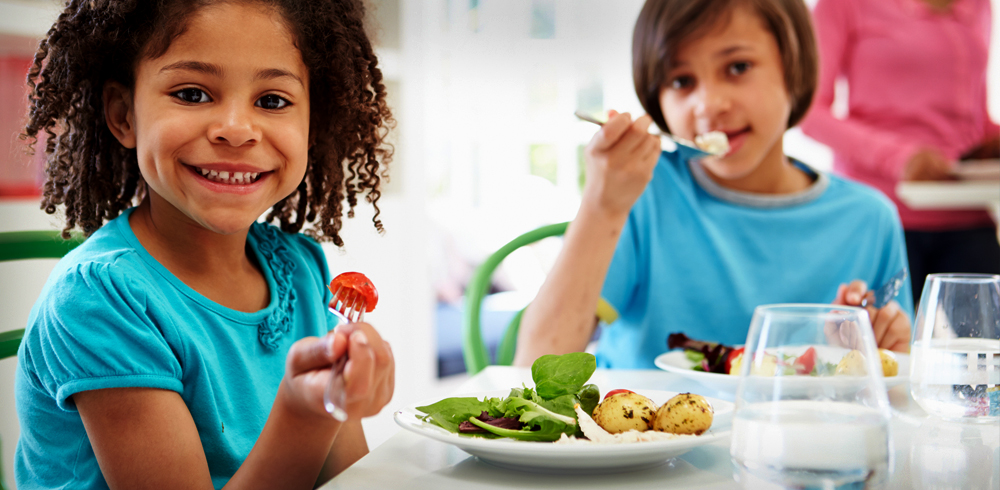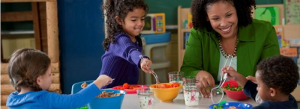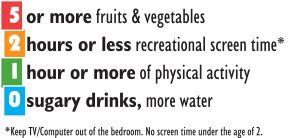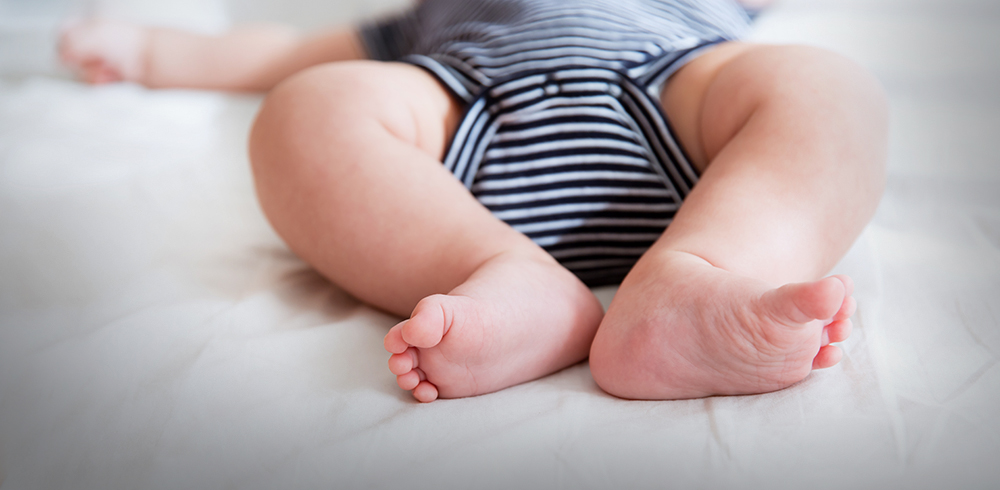With so many summer camp programs available, how is a parent to choose? There are several factors that go into picking the perfect summer camp for your child including money, location, and the overall interest of your child. A summer camp program should not only be affordable and convenient, but also include activities that your child will truly enjoy. The following steps are what every parent needs to consider and ensure that their child has the best summer ever!
Choosing a Camp Type
Decide what you want the overall goal of the summer camp to be for your child. Do you want them to further their education during the summer? Then pick an academic camp! Does your child love martial arts? Choose a martial arts camp! When you are able to pinpoint what you want your child to gain from their summer experience, choosing a camp will be that much easier. Consult your child and allow them to have some say in what they would like to do for the summer. Align that with your expectations and budget. A six week summer camp in Disney World may sound exciting to your child but may not be practical. In that case you might want to find a summer camp that allows the children to participate in Disney-themed activities.
Choosing a Location
Now that the type of camp you’re interested in has been chosen, it is now time to decide where the camp should be. Take into strong consideration the commute of dropping off and picking up the child. Would you prefer a camp near your home, a relative’s home or the area where you work? Brightside Academy camps are located near parks and public transportation, something that many of our parents point out as a plus in choosing our programs. Most parents have a long work schedule and it is important that the summer camp’s hours are adaptable to the parent’s availability. If you or anyone else is not able to provide transportation for the child, seek summer camp programs in which transportation costs to and from camp activities is included.
Deciding How Much to Spend
Although, you want your child to have the best summer experience, but you also have to consider the expenses associated with the program. Make a list of all your needs for the summer camp. These could be things like:
- Safety
- Affordability and cost
- Education program
- Fun activities
- Staff preparation
- Convenient location
- Meals included
Think of a reasonable amount you are willing to pay for these must haves. Remember that specialty camps, which are camps that focus on one type of activity, are more expensive than traditional day camps. At these types of camps every field trip may not be included in the weekly or monthly payments. If you don’t want to spend a lot on one summer camp program, find a camp that offers a day to day schedule but also allows the child to go on several field trips. Brightside Academy summer camps are structured this way. In addition, the cost of our program includes a t-shirt, nutritious breakfast, lunch and snacks, and also field trips fees.
Learn about Brightside Academy’s summer camp program here!
Following these steps choosing the perfect summer camp program becomes much easier! All there is left to do is to search your favorite local directory and keep in mind what you are looking for. Google and Yelp are always a great place to start! There are also several summer camp online directories including the American Camp Association’s website. Have any useful tips for choosing the perfect summer camp? We would love to hear from you! Be sure to like and share our article and leave us a note in the comments!






